Ghost of Tsushima Director's Cut review
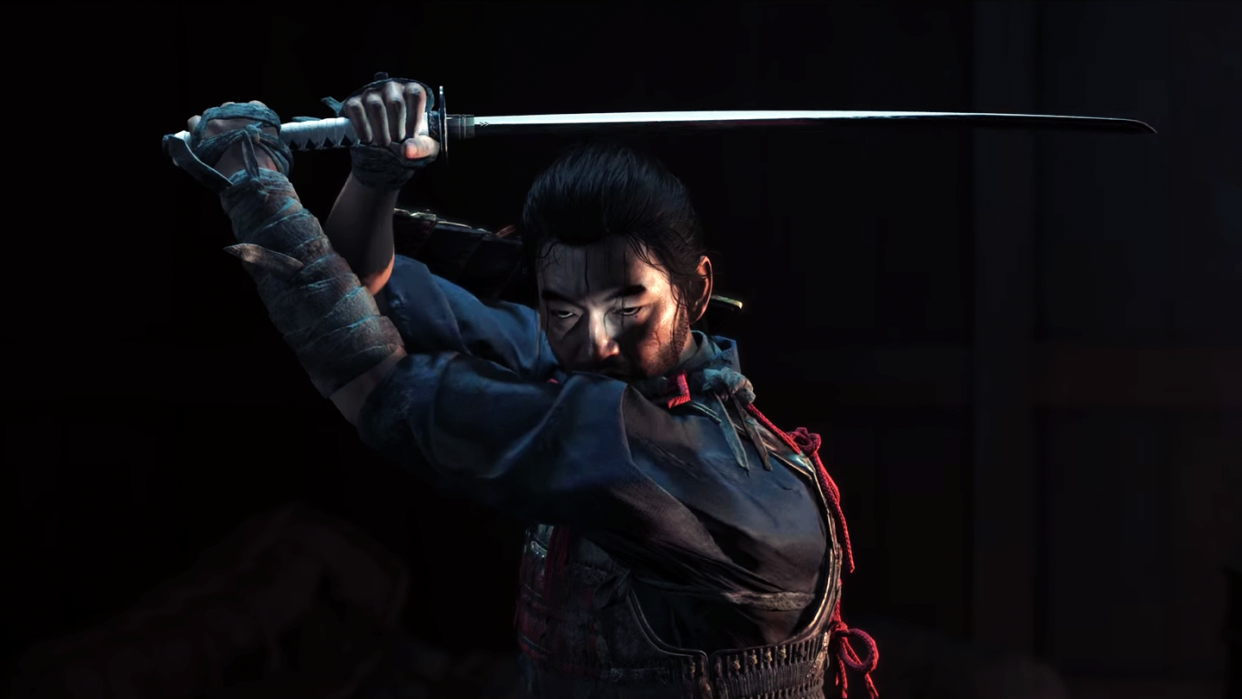
Need to Know
What is it? The PC-enhanced edition of Ghost of Tsushima Director's Cut, which includes the main game and the Iki Island DLC.
Release date May 18, 2024
Expect to pay $59.99/£49.99
Developer Sucker Punch Productions
Publisher PlayStation PC LLC
Reviewed on Nvidia RTX 3090 Ti, 32GB RAM (DDR4), AMD Ryzen 7 5700X, ASRock B450M Pro4
Steam Deck No
Link Steam
Good news: Unsurprisingly, Ghost of Tsushima remains an excellent third-person action-adventure game four years after its initial release. It's not suddenly become crap. Huzzah!
Doing an Assassin's Creed-style game set in Japan years before Ubisoft decided to make Assassin's Creed Shadows, Sucker Punch delivers a gripping, beautiful, and often memorable samurai epic—one loaded with tense sword fights, brutal assassinations, and plenty of story-telling class.
So, yes, I rate the game and recommend you buy and play it if you haven't already, which it seems like plenty of PC gamers have already done. The Director's Cut also includes the Iki Island expansion, so you're getting the full Ghost of Tsushima experience.
It does take a bit of time to find its feet, though, and, the early moments are quite slow and regimented. And it's still a four year old game, so despite its PC-specific graphical enhancements, the game's core engine is starting to look a bit dated by modern standards.
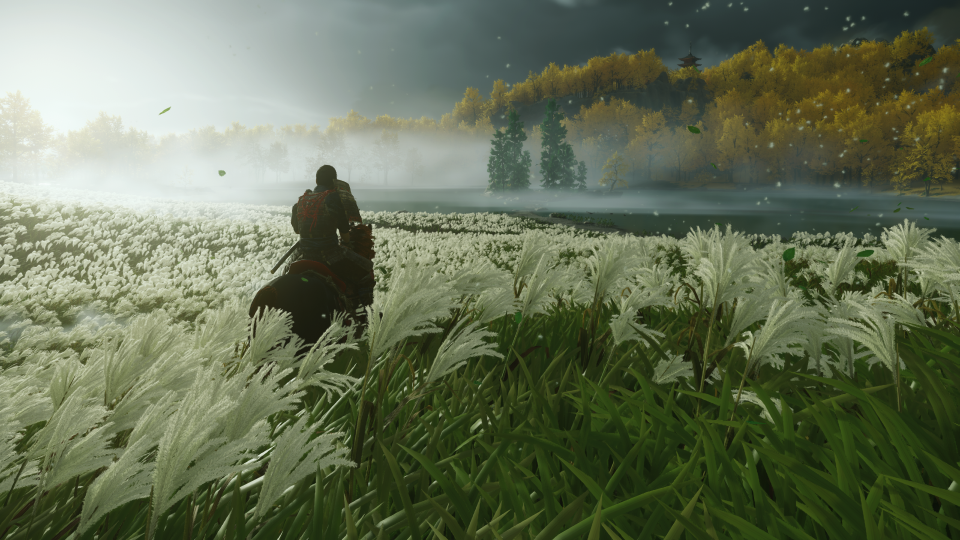
Bringing a katana to a knife fight
It might not be on the bleeding edge, but Ghost of Tsushima Director's Cut still delivers a number of improvements over the console edition, including unlocked framerates, support for Nvidia DLSS3, AMD FSR3, and Intel XeSS, as well as compatibility with Nvidia Reflex and image quality-enhancing Nvidia DLAA.
On top of that, this version of the game also supports ultrawide (21:9), super Ultrawide (32:9), and even 48:9 Triple Monitor support, meaning the sweeping landscapes of Tsushima really can stretch out to your vision's periphery.
There are also a few nice little extras thrown in, too, such as the ability for cinematics to be rendered in real-time, a fact that unlocks Japanese voice language lip sync. This sounds like a small thing, but this is absolutely a game you should play with Japanese audio, be that in Samurai Cinema mode (Japanese language, English subs, full-colour graphics) or Kurosawa (Japanese language, English subs, black and white, film grain heavy visuals) mode. As such, Japanese lip sync in cinematics adds to the immersion massively.
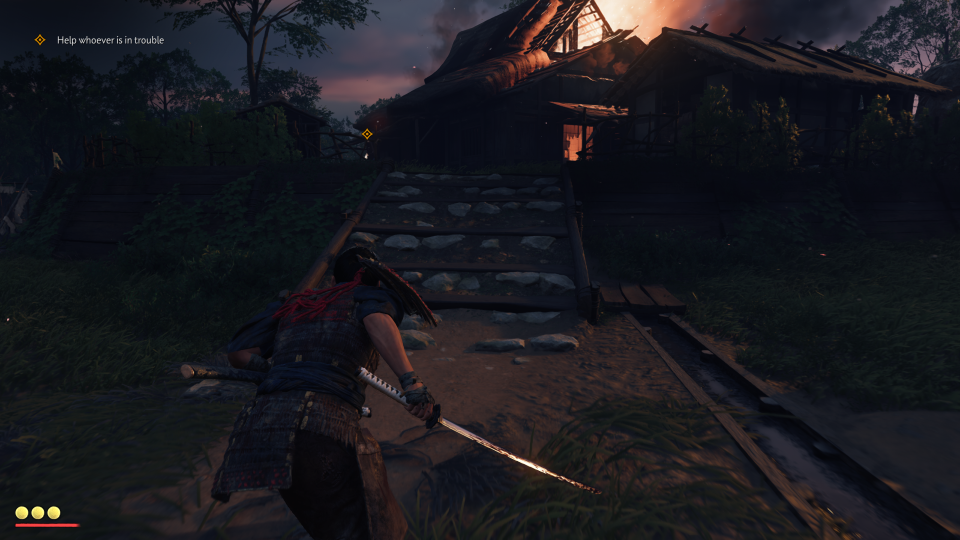
Finally, there's adaptive haptic feedback, too, if you have a compatible controller. This means that you can get physical feedback when fighting with your blade, or shooting with your bow. A welcome addition.
As for things that are not included with this PC edition, which I really would like to have seen, the most obvious is real time ray tracing, both in terms of global illumination and in terms of reflections. I'll come back to this later. For more info on the game's hardware demands, be sure to check out our performance analysis feature.

My experience with the PC version of the Director's Cut
Playing the game on my primary rig, which is powered by an Nvidia RTX 3090 Ti, 32GB RAM (DDR4), and an AMD Ryzen 7 5700X, Ghost of Tsushima Director's Cut ran consistently at over 100 fps at FHD resolution. The RTX 3090Ti is only DLSS2 compatible, too, so I'm confident that if you had a 40-series card from Nvidia you'd likely achieve framerates of over 140fps. This game runs like butter, then, and even if you were using more dated hardware, I'm still very confident you'd get a locked framerate of 60fps or more.
That high, stable framerate meant I found much of the combat easier and more natural compared to the console version. It's not quite as brutal and unforgiving as a soulslike, but timing sword counters and parries is key in this game, so the smoothness is a real benefit. It also helped when lining up swift bow shots, especially firing from on horseback, which require a good degree of precision.
Swapping out the primary monitor for a 32:9 variant, the sweeping landscapes of Tsushima island do indeed look stunning. Wind rustling through the grasses and trees, shimmering lakes nestling up against war-torn rustic villages, majestic forts and pagodas breaking distant treelines—all seem slightly more real with the wider, perspective-broadening aspect ratio. That said, Ghost of Tsushima remains really rather pretty at any aspect ratio.
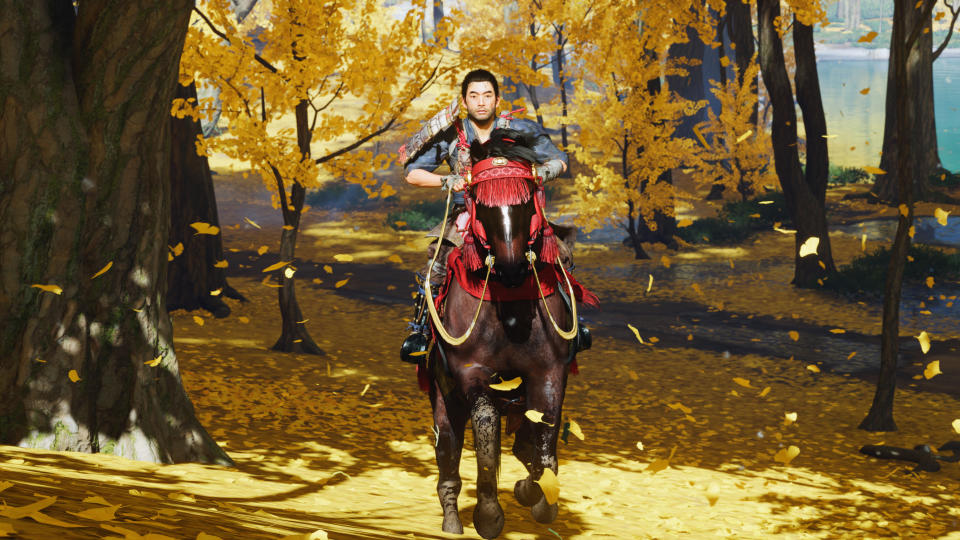
While I think it's still stunning thanks to its fantastic art direction—something that is absolutely enhanced by the PC version's bells and whistles— there's also no escaping that, four years after its original release, Ghost of Tsushima is not a visual tour-de-force anymore, and its engine allows limited environmental interactivity and, well, realistic clutter. Don't get me wrong, not every game needs Starfield-levels of interactable objects and environmental details, but aside from people, resources and collectibles, this is a pretty static world.
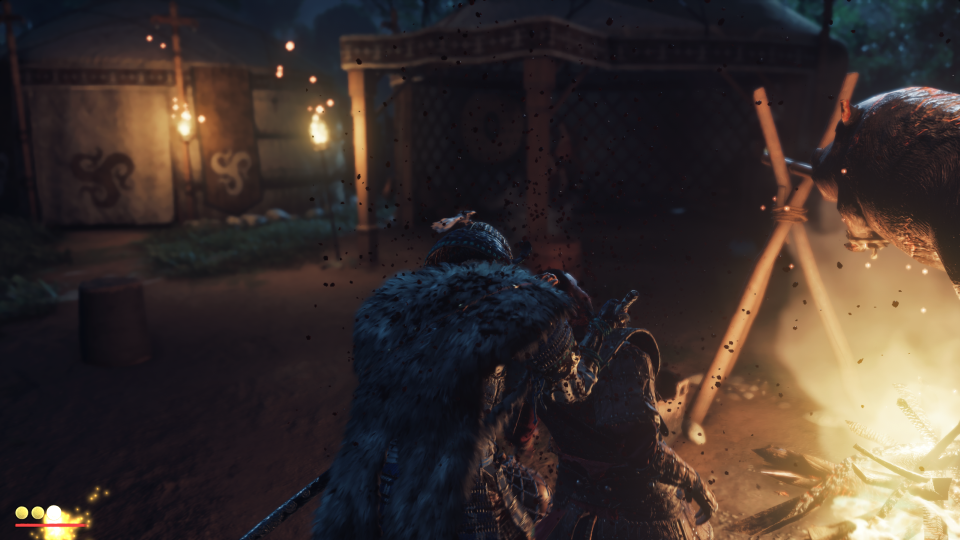
It's also a world where, thanks to the lack of ray tracing, there are moments when the lightning looks pretty old hat and flat compared newer open-world third person action-adventure games like Star Wars Jedi: Survivor.
While the character models, textures, and lightning aren't quite at 2024 standards, this doesn't hamper the story or the action, with it technically pretty darn faultless. I didn't experience a single crash, either, and the only visual glitch I saw was a distant pagoda not rendering properly once, with its angled rafters appearing to float in the air.
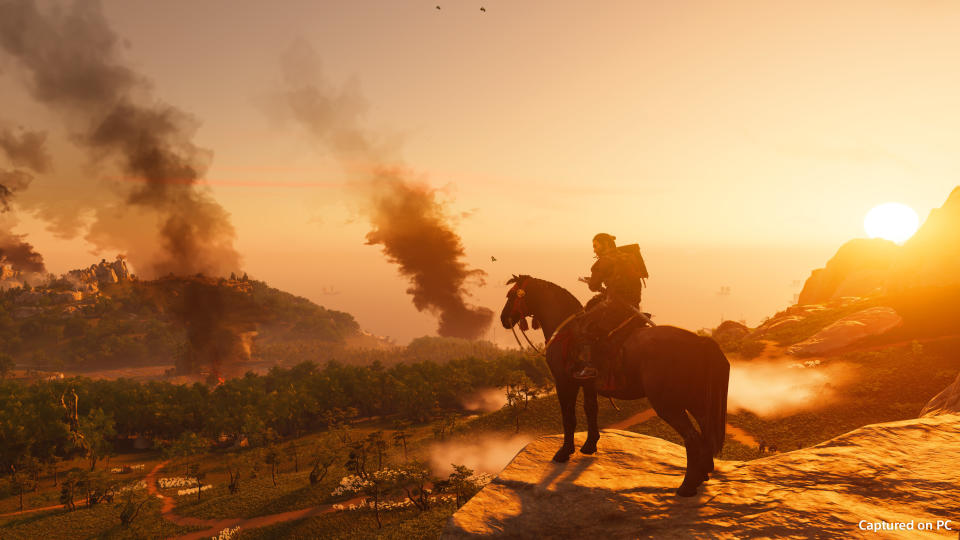
A great PC port Sony should replicate
Ghost of Tsushima Director's Cut on PC is a great all-round port of a very good game, and is now the definitive way to play it. Yes, I'd have liked the options for more modern lighting effects to be enabled, but aside from that, Nixxes, who is responsible for the port, has done a great job here. Here's hoping Sony continues to port to PC in a similar fashion, and in a more timely manner, too, such as the Japanese firm did recently with Helldivers 2.


